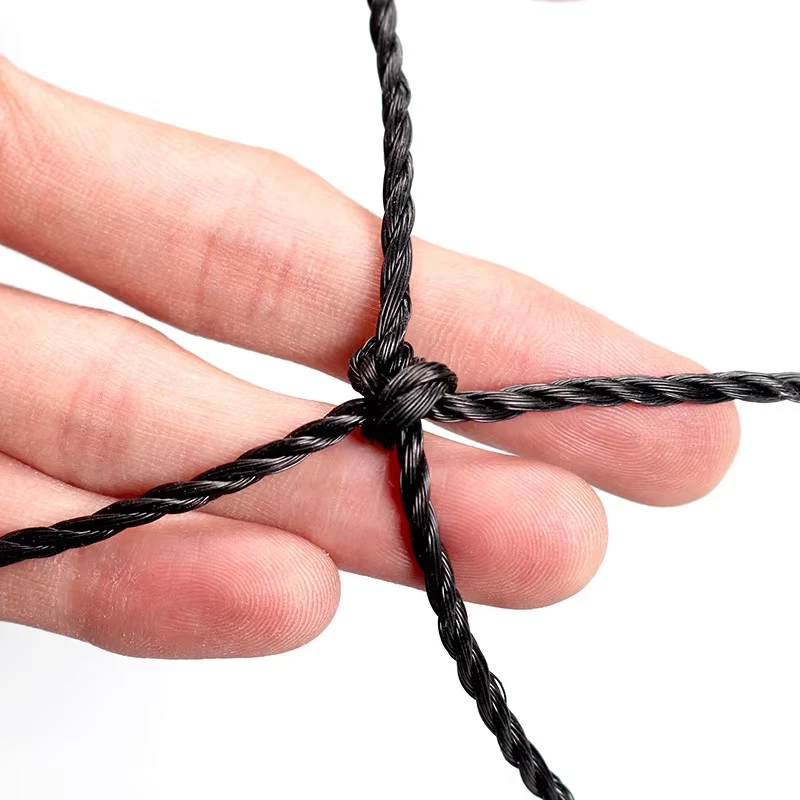-
 Afrikaans
Afrikaans -
 Albanian
Albanian -
 Amharic
Amharic -
 Arabic
Arabic -
 Armenian
Armenian -
 Azerbaijani
Azerbaijani -
 Basque
Basque -
 Belarusian
Belarusian -
 Bengali
Bengali -
 Bosnian
Bosnian -
 Bulgarian
Bulgarian -
 Catalan
Catalan -
 Cebuano
Cebuano -
 China
China -
 Corsican
Corsican -
 Croatian
Croatian -
 Czech
Czech -
 Danish
Danish -
 Dutch
Dutch -
 English
English -
 Esperanto
Esperanto -
 Estonian
Estonian -
 Finnish
Finnish -
 French
French -
 Frisian
Frisian -
 Galician
Galician -
 Georgian
Georgian -
 German
German -
 Greek
Greek -
 Gujarati
Gujarati -
 Haitian Creole
Haitian Creole -
 hausa
hausa -
 hawaiian
hawaiian -
 Hebrew
Hebrew -
 Hindi
Hindi -
 Miao
Miao -
 Hungarian
Hungarian -
 Icelandic
Icelandic -
 igbo
igbo -
 Indonesian
Indonesian -
 irish
irish -
 Italian
Italian -
 Japanese
Japanese -
 Javanese
Javanese -
 Kannada
Kannada -
 kazakh
kazakh -
 Khmer
Khmer -
 Rwandese
Rwandese -
 Korean
Korean -
 Kurdish
Kurdish -
 Kyrgyz
Kyrgyz -
 Lao
Lao -
 Latin
Latin -
 Latvian
Latvian -
 Lithuanian
Lithuanian -
 Luxembourgish
Luxembourgish -
 Macedonian
Macedonian -
 Malgashi
Malgashi -
 Malay
Malay -
 Malayalam
Malayalam -
 Maltese
Maltese -
 Maori
Maori -
 Marathi
Marathi -
 Mongolian
Mongolian -
 Myanmar
Myanmar -
 Nepali
Nepali -
 Norwegian
Norwegian -
 Norwegian
Norwegian -
 Occitan
Occitan -
 Pashto
Pashto -
 Persian
Persian -
 Polish
Polish -
 Portuguese
Portuguese -
 Punjabi
Punjabi -
 Romanian
Romanian -
 Russian
Russian -
 Samoan
Samoan -
 Scottish Gaelic
Scottish Gaelic -
 Serbian
Serbian -
 Sesotho
Sesotho -
 Shona
Shona -
 Sindhi
Sindhi -
 Sinhala
Sinhala -
 Slovak
Slovak -
 Slovenian
Slovenian -
 Somali
Somali -
 Spanish
Spanish -
 Sundanese
Sundanese -
 Swahili
Swahili -
 Swedish
Swedish -
 Tagalog
Tagalog -
 Tajik
Tajik -
 Tamil
Tamil -
 Tatar
Tatar -
 Telugu
Telugu -
 Thai
Thai -
 Turkish
Turkish -
 Turkmen
Turkmen -
 Ukrainian
Ukrainian -
 Urdu
Urdu -
 Uighur
Uighur -
 Uzbek
Uzbek -
 Vietnamese
Vietnamese -
 Welsh
Welsh -
 Bantu
Bantu -
 Yiddish
Yiddish -
 Yoruba
Yoruba -
 Zulu
Zulu
Jan . 13, 2025 10:41
Back to list
insect netting fabric
Insect netting fabric is revolutionizing modern agriculture, offering an innovative solution to pest control without relying on harmful chemicals. This cutting-edge technology is essential for farmers and gardeners aiming to safeguard their crops from insects while maintaining environmental integrity. With expertise in agricultural sciences and deep insights into fabric technology, we delve into the multifaceted advantages and applications of insect netting fabric, showcasing its importance in sustainable farming practices.
Experts emphasize the long-term cost-effectiveness of insect netting fabric, juxtaposing it against the recurring expenditure on chemical pesticides. Though the initial investment might be higher, the reduction in pesticide use substantially lowers overall costs over time. In addition, studies confirm prolonged fabric lifespans, with high-quality netting lasting up to five years before requiring replacement, making it a sustainable option in line with eco-conscious agriculture trends. Authoritative agricultural bodies and environmental organizations advocate for insect netting as a cornerstone of integrated pest management strategies. The fabric reflects a commitment to lessening ecological footprints and enhancing food safety by curtailing chemical residues in fresh produce. This recommendation by leading experts underscores the reliability of insect netting as an ecologically sound solution. Trustworthiness in agricultural innovations is paramount, and insect netting fabric achieves this through scientific backing and field success stories. Research corroborating its efficacy and farmer testimonials create a narrative of trust, driving its adoption in both small-scale gardens and expansive farmland. Insect netting fabric represents a formidable ally against pest-related challenges in agriculture, marrying innovation with sustainability. Its effectiveness is validated by extensive research and practical implementations, offering undeniable benefits that cater to modern farming's economic and ecological demands. The strategic application of this fabric not only promises enhanced crop protection but also aligns with global shifts towards greener agricultural practices, ensuring its indispensable role in the future of farming.


Experts emphasize the long-term cost-effectiveness of insect netting fabric, juxtaposing it against the recurring expenditure on chemical pesticides. Though the initial investment might be higher, the reduction in pesticide use substantially lowers overall costs over time. In addition, studies confirm prolonged fabric lifespans, with high-quality netting lasting up to five years before requiring replacement, making it a sustainable option in line with eco-conscious agriculture trends. Authoritative agricultural bodies and environmental organizations advocate for insect netting as a cornerstone of integrated pest management strategies. The fabric reflects a commitment to lessening ecological footprints and enhancing food safety by curtailing chemical residues in fresh produce. This recommendation by leading experts underscores the reliability of insect netting as an ecologically sound solution. Trustworthiness in agricultural innovations is paramount, and insect netting fabric achieves this through scientific backing and field success stories. Research corroborating its efficacy and farmer testimonials create a narrative of trust, driving its adoption in both small-scale gardens and expansive farmland. Insect netting fabric represents a formidable ally against pest-related challenges in agriculture, marrying innovation with sustainability. Its effectiveness is validated by extensive research and practical implementations, offering undeniable benefits that cater to modern farming's economic and ecological demands. The strategic application of this fabric not only promises enhanced crop protection but also aligns with global shifts towards greener agricultural practices, ensuring its indispensable role in the future of farming.
Next:
Latest news
-
Shipping Plastic Bags for Every NeedNewsJul.24,2025
-
Safety Netting: Your Shield in ConstructionNewsJul.24,2025
-
Plastic Mesh Netting for Everyday UseNewsJul.24,2025
-
Nylon Netting for Every UseNewsJul.24,2025
-
Mesh Breeder Box for Fish TanksNewsJul.24,2025
-
Expanded Steel Mesh Offers Durable VersatilityNewsJul.24,2025











